The Spring Equinox is the ultimate fertility holiday. It is literally a celebration of the fertility of earth, and the fecundity of all living things.
In the Christian church, Easter, which celebrates Christ’s resurrection from the dead, usually occurs just a few weeks after the spring equinox.
Didn’t you ever wonder why Easter celebrations were filled with decorated eggs? The bunnies? The sweet little chicks? The baskets flowing with fake grass? The flowers? The feast?
Well all those “Easter Symbols” come from ancient and traditional celebrations of spring and . . . you guessed it! Fertility!
Incorporating the symbols of spring and celebrating the fertility of the earth is a beautiful act of gratitude for God’s great gift to us.
Also, if you keep busy focusing on flowers, bunnies, and eggs, maybe you can distract yourself from the candy. Sugar is a big fertility no-no (read about the ultimate fertility diet here)!
In this post I’m going to tell you how Easter is a fertility holiday, what spring fertility symbols to surround yourself with, and ways to celebrate the holiday that aren’t related to candy.
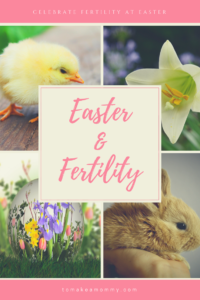
Fertility & Easter- An ancient link
The word itself, Easter, is related to Eostre, the Anglo-Saxon goddess of the spring and morning light (dawn), to Eostur, the Norse word for the season of spring, and to Ishtar, the Mesopotamian goddess of the spring season. The goddess Eostre actually had a whole month dedicated to her- “Eostur-month!” There’s also a link to the Babylonian goddess Astarte also known as the “queen of heaven.” Across the world traditional societies celebrated spring with fertility festivals and fertility symbols that represented the rejuvenation of the earth under the blessing of the sun. Read more about Fertility Goddesses!
In a way, all of this makes sense. If you look out your window you are likely to see budding flowers, trees leafing out, and if you are lucky and live in the country, you might even see baby animals. The world is lush with new life, new beginnings, and fertility. The sun has fertilized the earth and made it rich for plants to grow.
The animal babies conceived in the winter are being born now that it is warmer and they will be able to thrive. Birds are building their nests and eggs are hatching. And people everywhere, are feeling that hot rush of energy in their blood that spring brings. Time to clean! Time to garden! Time to craft! Time to . . . make babies!
This springtime, consider intentionally meditating on the fertility of the earth, the animals, and YOU. Throw away any thoughts of your body as “broken” and see it as a lush, fertile field just waiting to produce life. Purposefully surround yourself with the fertility symbols of the season and know that you are part of this great cosmic cycle of birth and new beginnings. And above all- enjoy! Spring is a wonderful time to be alive.
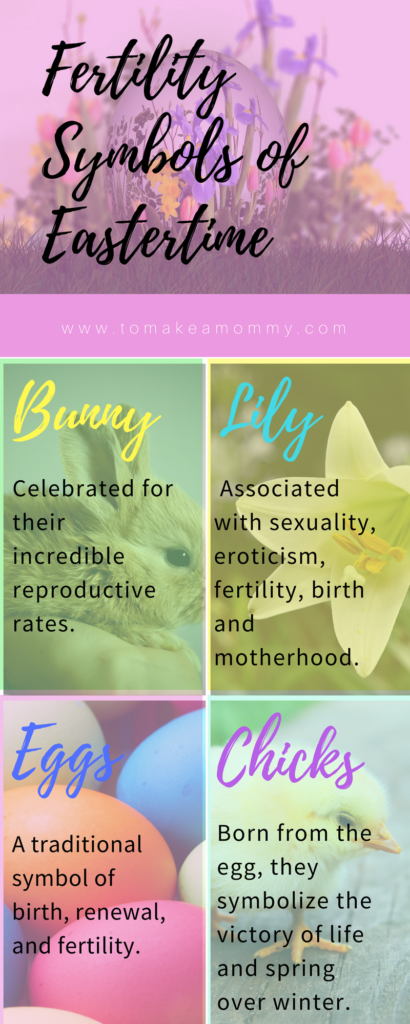
Springtime/Easter Fertility Symbols
Eggs– In Christianity, eggs are a symbol of rebirth and renewal, and therefore of the resurrection of Jesus Christ which we celebrate at Easter. In traditional cultures eggs are seen as fertility symbols. For many ancient people there is a belief that the entire universe began from one cosmogenic world egg. In some places, like Egypt and Persia, people decorated eggs during the spring equinox and exchanged them as fertility blessings. Eggs are literally new life; if fertilized they become babies. And of course, if chicken eggs are unfertilized they become incredible fertility food for you!
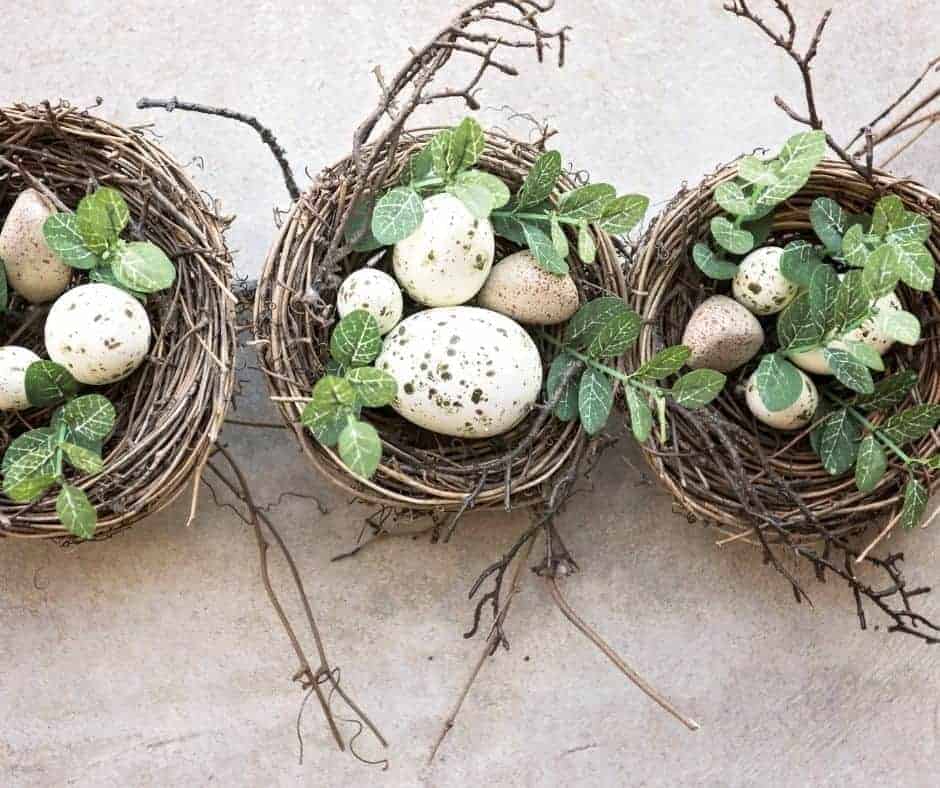
Rabbits– Rabbits are a traditional fertility symbol for many cultures across the world because of the amazing rate at which they reproduce! Their energetic coupling followed by many offspring make for a perfect fertility symbol. They are also a symbol of good luck, so definitely an animal to decorate your house with while trying to conceive!
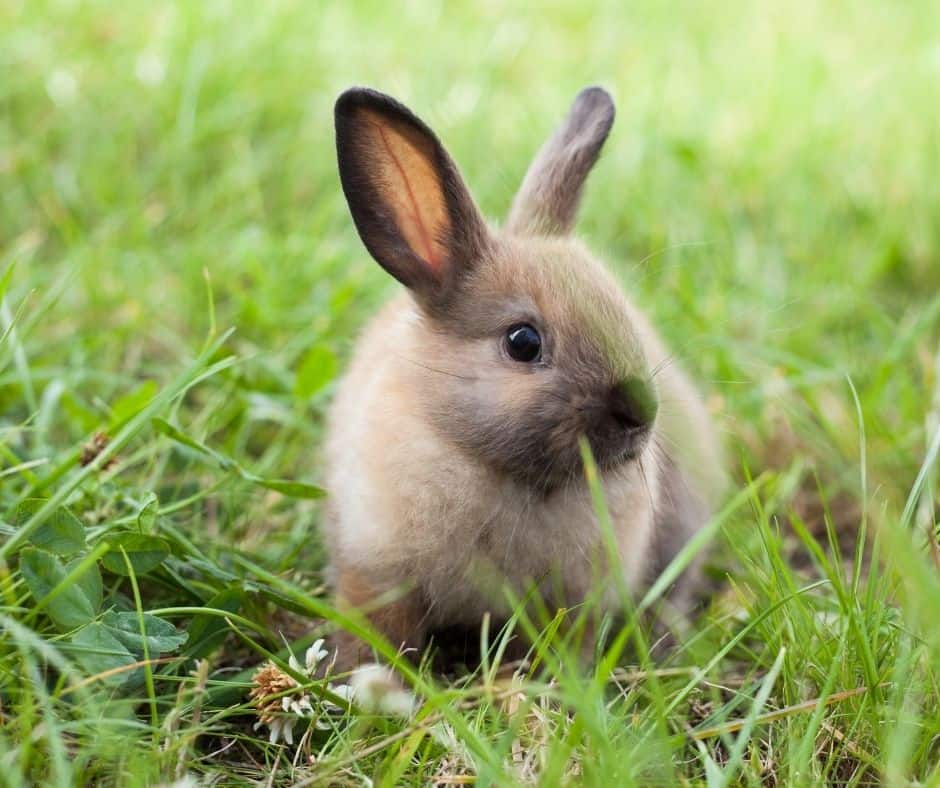
The Easter Lily– In Christianity the white lily is associated with the Virgin Mary and her chastity and virtue. However in some traditional cultures the lily is a flower of fertility. In ancient Greece the lily was associated with birth and motherhood, as well as with sexuality and eroticism. The juxtaposition of the long pistil of the flower looks like a phallus, and the pollen and five open petals are the female features.
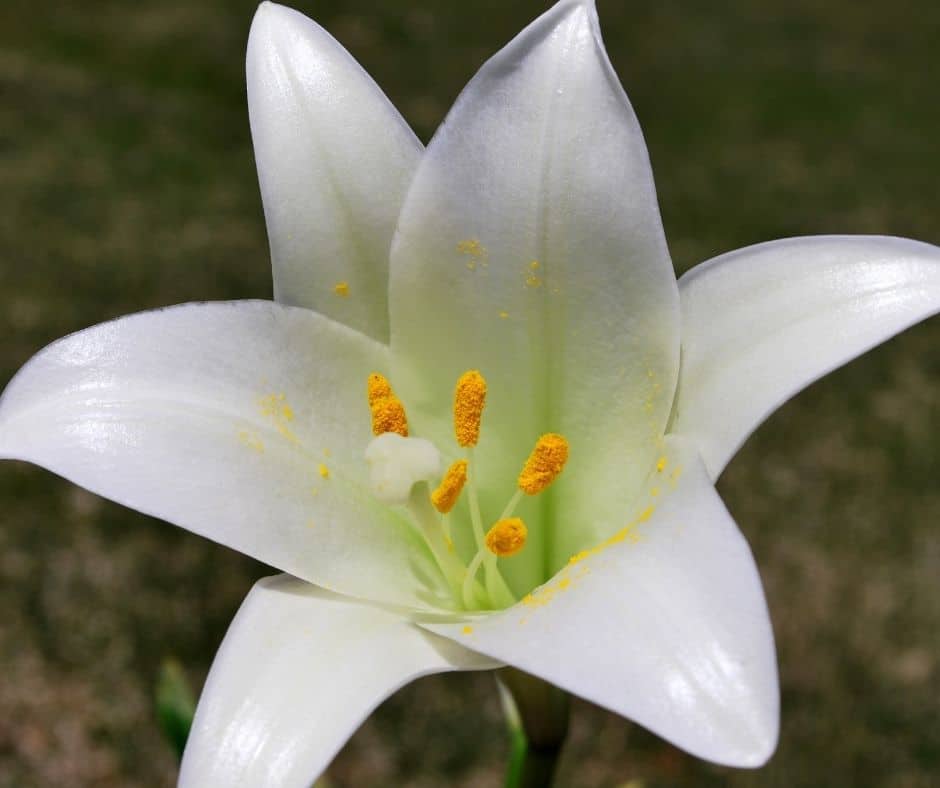
The Easter Fire– Candles and fire at Eastertime symbolize the victory of the sun over the dark, i.e., the victory of spring over winter.
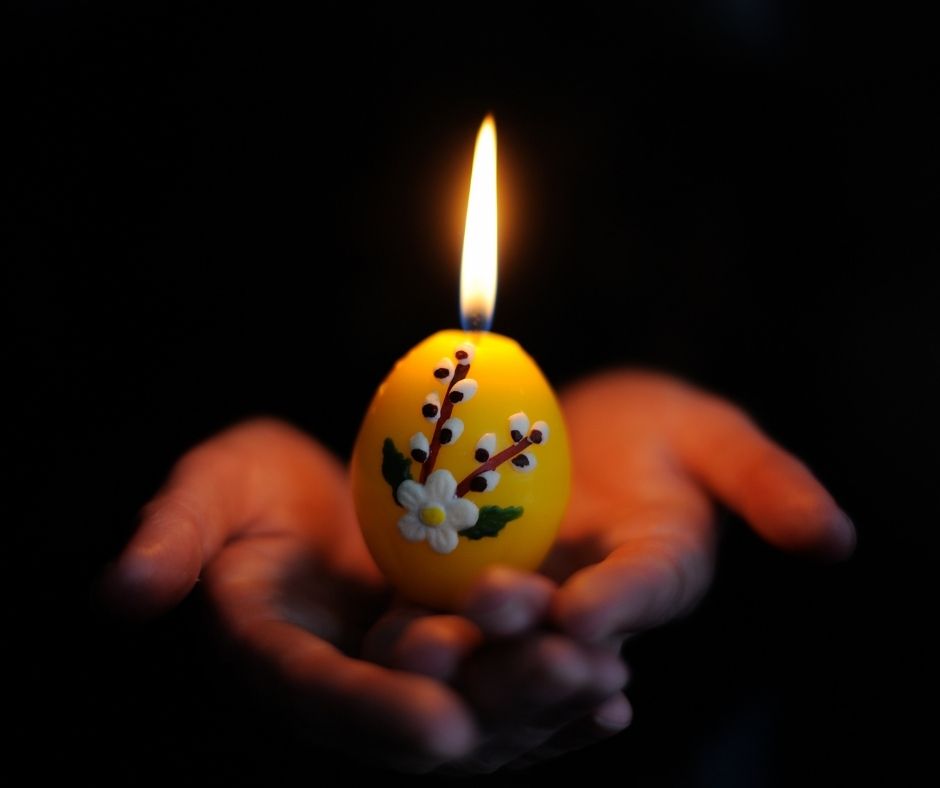
Flowers– Flower, flowers, flowers! Symbols of birth, growth, fertility, and new beginnings! Every little bud popping out of the earth reminds us of the fertility of the earth, and hopefully, of ourselves!
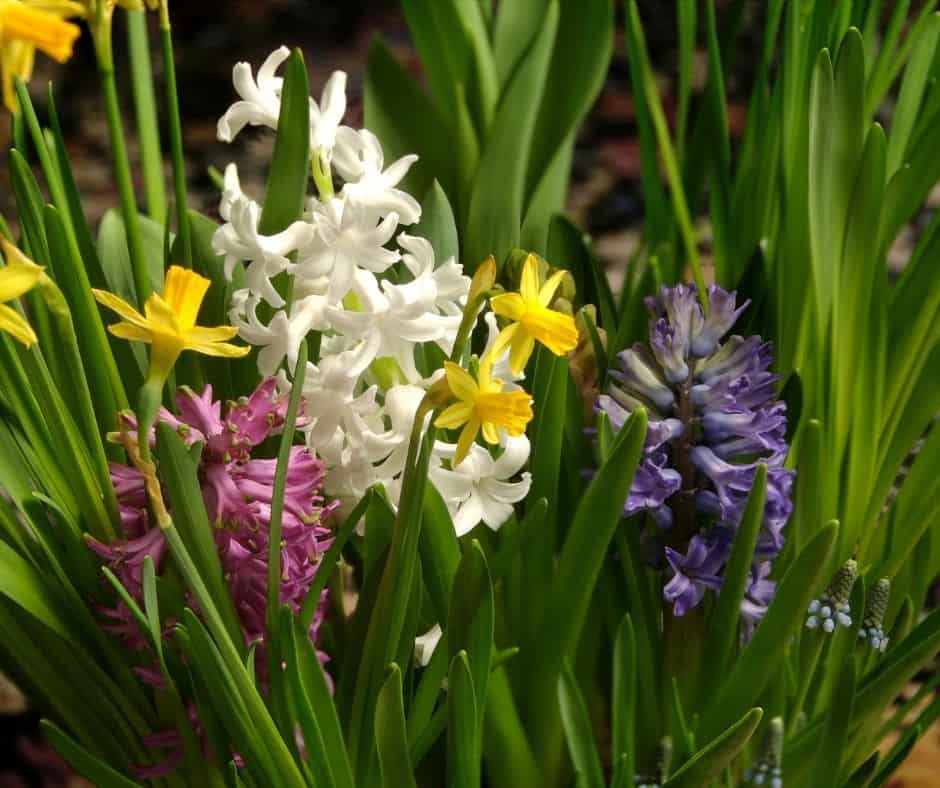
Chicks & Newborn Animals– Easter and springtime are filled with real newborn animals, and with pictures of them! Chicks, specifically, however, emerge from the egg and represent the return of life and fertility after winter. Chicks are of course, directly related to eggs (see above!).
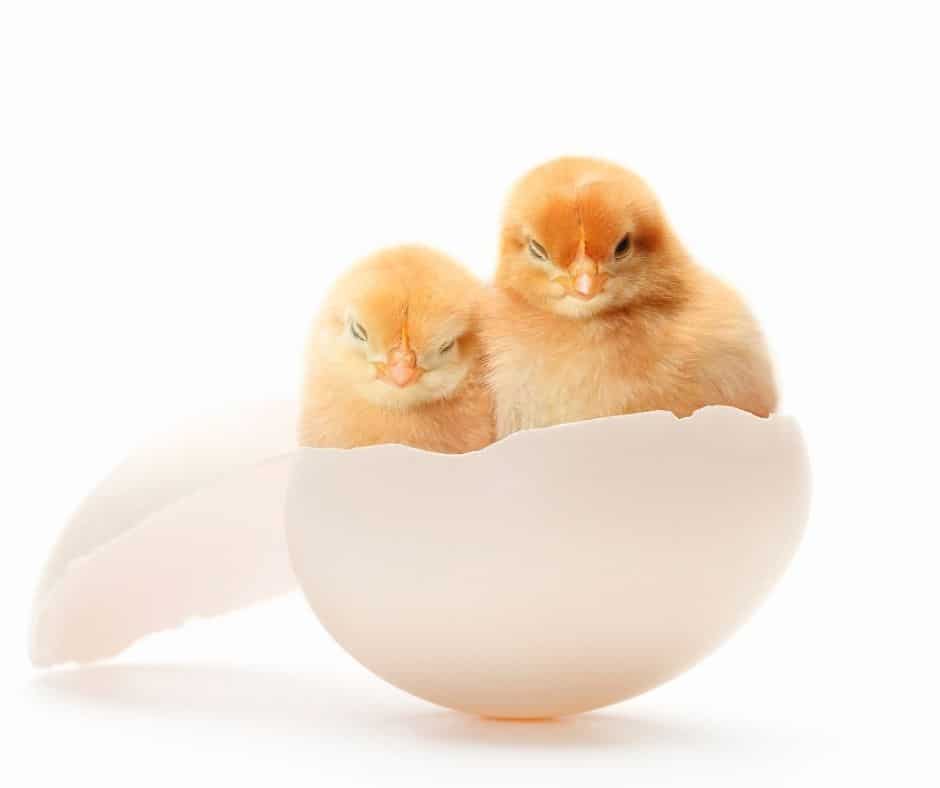
*This post contains affiliate links which at no cost to you provide me with some small change to help keep this blog running! If you decide to buy something I recommend, please consider clicking through one of my links to help support this blog and my family! Thank you!
Ways to Celebrate Fertility in Springtime
- Go to church (or synagogue). If you are Christian or Jewish, celebrate Easter at church or the Passover at your home and synagogue. Celebrate the risen Christ and God’s deliverance of the Jews from Egypt. Know in your heart that just as God has the power to raise Christ from the dead, and deliver the Jews from slavery in Egypt, so too does He have the power to deliver you from infertility. Know it in your heart. Pray for fertility.
- Plant a garden. Springtime is a perfect time to get your hands dirty working in the yard! Start a new garden, or add annuals to your existing beds. You’ll feel more connected to nature and all its spring-fertility glory.
- Spend time outside. No better way to celebrate the spring then to go walk around and see the new life budding all around you. Did you know that the sun is good for fertility? Get out, go for a walk, and enjoy nature. Then do it again, as often as you can.
- Decorate eggs. Seriously! Make simple colored eggs, or make fancy ones made from flowers and onion peels like these! Consider a decorated egg exchange or party.
- Fill your house with fertility symbols. I am always on the lookout for fertility symbols, and have picked up some cute bunnies and decorative eggs from thrift shops and post-Easter clearance sales at places like Pier One. If you want something NOW here are some cute options on Amazon for: Wooden Ukrainian Pysanky Eggs, handpainted eggshell decorative eggs (note, I once bought one of these from a street vendor in Prague and immediately crushed it- don’t crush them!), or some adorable bunnies for your house and yard.
- Have a bonfire. If you have the yard for it, throw a bonfire party and celebrate the return of spring, sunshine, flowers, and warmth! Feel free to invite the neighborhood, or keep the party a little more, ahem, intimate.
- Eat fertility-friendly Easter food. Eat those eggs! Preferably organic, free-range, farm raised eggs, of course! Also, consider a blood-building meat feast for Easter day, that might include roast lamb, baked ham, or a roast chicken. We always serve gut-building sauerkraut on the side, and aphrodisiac horseradish, but that is mostly because I am part Eastern European.
- Have sex for fun instead of procreation. Seriously. Celebrate life, spring, resurrection, new beginnings, and deliverance. What better way to honor life and the blessings that you have than by making love to your partner? Plus, the more sex you have, the higher your chances of conceiving.
How do you incorporate fertility into your spring celebrations?
You may also be interested in these posts:
- Beltane & Fertility
- Imbolc & Fertility
- Autumnal Equinox & Fertility
- Thanksgiving & Fertility
- Fertility Goddesses
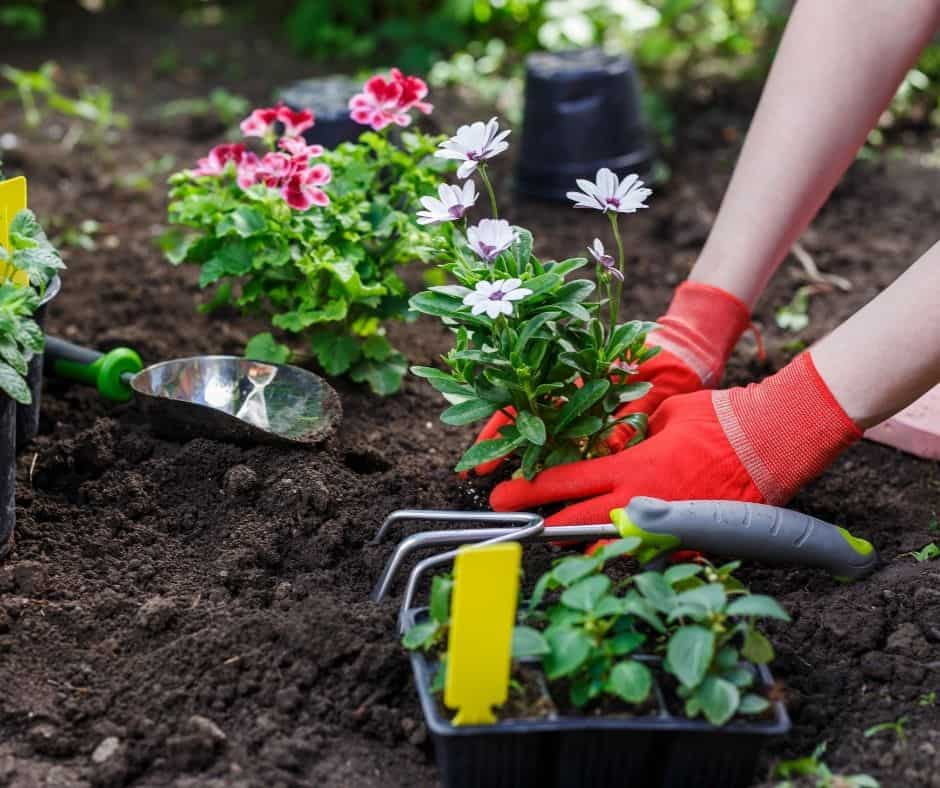
Want to get pregnant fast?
Love lists? Me too. Grab my 79 Things I did to transform my life and get pregnant in less than 3 months after 2 years of infertility and miscarriages! Totally free!
Anna Rapp is a fertility journalist and non-toxic living expert. When Anna Rapp was struggling with infertility and recurrent early miscarriage, she was diagnosed with diminished ovarian reserve, High FSH, low AMH, low follicle count, endometriosis, and an MTHFR mutation. Despite being told donor eggs were her only solution, Anna used her graduate training in research methods and analysis to read everything she could find on fertility and egg health. Ultimately, she lowered her FSH and got pregnant naturally (twice). She blogs about how she did it and encourages her readers to take charge of their fertility journey and get happy, healthy, and pregnant!
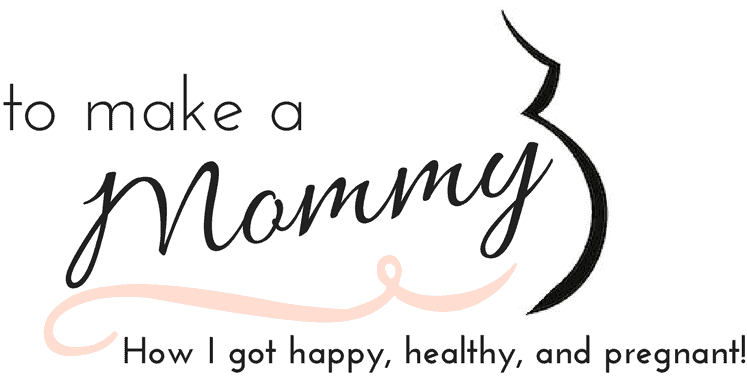

Leave a Reply